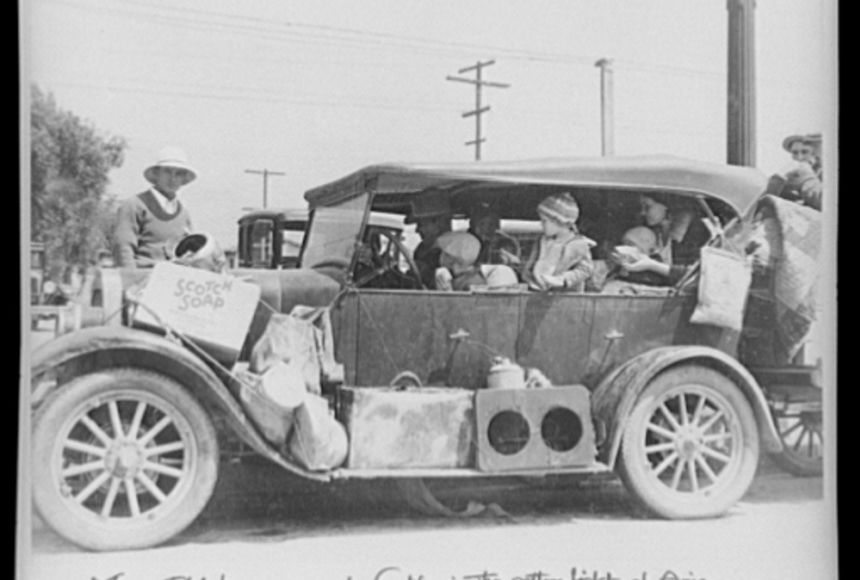The Grapes Of Wrath

John Steinbeck’s magnum opus, “The Grapes of Wrath,” published in 1939, continues to resonate deeply with readers across generations. Set against the backdrop of the Great Depression, Steinbeck’s powerful narrative follows the Joad family’s journey from the dust bowl of Oklahoma to the promise of a better life in California. However, what they find is not prosperity but rather exploitation, hardship, and disillusionment. Despite being a product of its time, the novel’s themes of economic injustice, resilience, and the human spirit remain strikingly relevant in today’s world.
At its core, “The Grapes of Wrath” explores the plight of the disenfranchised and marginalized, shedding light on the harsh realities faced by migrant workers and the working poor. The exploitation depicted in the novel, where corporate interests prioritize profit over human dignity, mirrors contemporary issues such as income inequality, labor exploitation, and the struggles of marginalized communities. Steinbeck’s unflinching portrayal of poverty and injustice serves as a poignant reminder of the systemic inequities that persist in modern society.
The novel’s emphasis on resilience and solidarity offers a timeless message of hope in the face of adversity. Despite facing insurmountable challenges, the Joad family and their fellow migrants demonstrate remarkable strength and perseverance. Their ability to find solace and support in community, despite the harsh circumstances, underscores the importance of empathy, compassion, and collective action. In an era marked by social and political upheaval, “The Grapes of Wrath” serves as a rallying cry for unity and social justice.
Steinbeck’s evocative portrayal of the American landscape and its impact on the human condition continues to captivate readers today. The vast, unforgiving terrain of the Dust Bowl serves as both a physical and metaphorical backdrop, reflecting the harsh realities of economic hardship and environmental degradation. In an age of environmental crisis and climate change, the novel’s depiction of humanity’s fraught relationship with the land resonates deeply, prompting reflection on our responsibilities to the planet and future generations.
Conclusion
Despite being published over eight decades ago, “The Grapes of Wrath” remains as relevant and resonant as ever. Its timeless themes of economic injustice, resilience, and the human spirit continue to speak to readers across cultures and generations. As we navigate the complexities of the modern world, Steinbeck’s masterpiece serves as a powerful reminder of the enduring power of literature to illuminate the human experience and inspire positive change.






